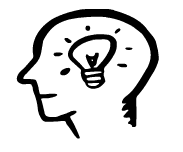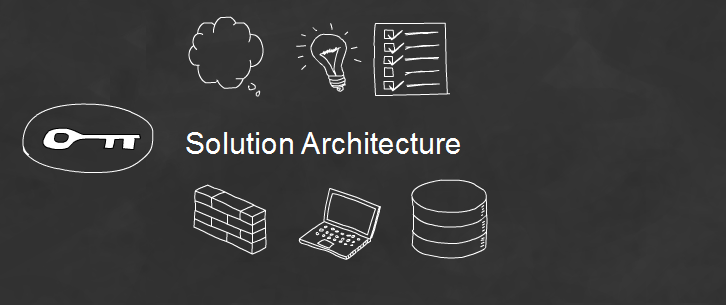
“If you want to keep a secret, you must also hide it from yourself. – George Orwell, 1984″
With no offence meant to DBA’s or other IT folks mentioned in this piece would like to put across a few of IT’s best kept secrets on the table. It is nice to have them as secrets but why bring it out. It might help someone somewhere to think about it and use this secret for their own good once they know it is a well guarded secret and getting around the secret is actually going to help decision makers circumvent these issues and find solutions to them.
Here is revealing some of the secrets as always somethings were always meant to be a secret and hence they shall not be part of the list here 🙂
1. All technology decisions are made when people concur amongst themselves instead of a great product or solution influencing the outcome.
2. Implementation problems are not your problems once you ship software.
3. The more open the architecture the more complex it can get.
4. If software testing is so difficult, demanding and challenging, then why is it
that we keep on assigning the least skilled or experienced to perform it?
5. Why do DBAs always sit in a corner or in a nomans land and not accessible to most meetings where their key inputs are needed. Applicable not just to DBAs but to all IT folks who have a say in matters and are not accessible during key organization huddles.
6. The security at the gate checks for what you steal out in pen drives and not the grey matter in your head. IP protection needs more full proofing.
7. Hardware perfectly working software does not work. Typical of people stuck chasing delivery deadlines.
8. SMAC rhymes with SMACK ( negative tone to it ) and hence third platform is better.
9. The dirtier the surrounding better the software , great products were created in garages remember. The formal looking office with great furniture can only produce dot releases and not an earth shattering product.
10. Freemium is a way to get more customers to play with your product but they shall not influence the market sustainability in terms of revenue.
11. IBM pays an undisclosed amount of money to Oracle to use the Java TM on IBM JVMs.
12. POCs always beat many a technical arguments. Always a working piece of software trumps arguments about this way or that way. At Facebook this has been the way forward when stuck in a dead end on this v/s that.
13. Public cloud for where you store your private data ( individual level ) and private cloud where you store public data ( company level / storing data of a large group of people) . This has been the norm cloud security can change this.
14. People do not care about privacy enough instead of saying the opposite. That is the reason why all of us have all our private data on public cloud. Emails , pictures , rants , likes , dislikes and six degrees of separation.
15. Many companies take the same client out for dinner and drinks twice. This happens when they do not streamline and minimize conflicting product lines.
16. Google knows a lot more about people and companies than what glassdoor or others forums or your friends can reveal.
17. Sysadmins and QA teams have more camaraderie than other folks in IT among themselves.
18. If something is offered free to you as a customer then you are no longer the customer but the product itself.
19. Fixed price project on Agile was not feasible until recently. Things could have changed.
21. CMMI has dispensations and you can bypass any of your stringent processes as long your end customer is fine with it.
22. Guys who work on UI are more outgoing and extroverted than the ones working on Kernel / compiler design.
23. A startup CEO life is short lived once it gets acquired and becomes a VP in the acquired entity and is on his way out to another true calling.
24. If you want to stop a product or project from funding delays ask its ROI from the beginning . This is a sure stop way to projects from being executed.
25. Business IT disconnect is still the hardest thing to do as there are no good men out there you decently understand both.
26. All corporate extravaganzas are inherently unhealthy .Throw pizzas out if you want to celebrate instead order fresh fruits and herbal tea. May not go well with people who are used to junk food.
27. Do not talk of innovation or design thinking unless the revenue has taken a downturn in companies .
This is not an complete list of secrets but is nevertheless has some points to think about to bring in solutions to the above list that can turn enterprises and organizations into fine well oiled machinery. #turnITaround…
“It is wise not to seek a secret, and honest not to reveal one. – William Penn, Some Fruits of Solitude”
















